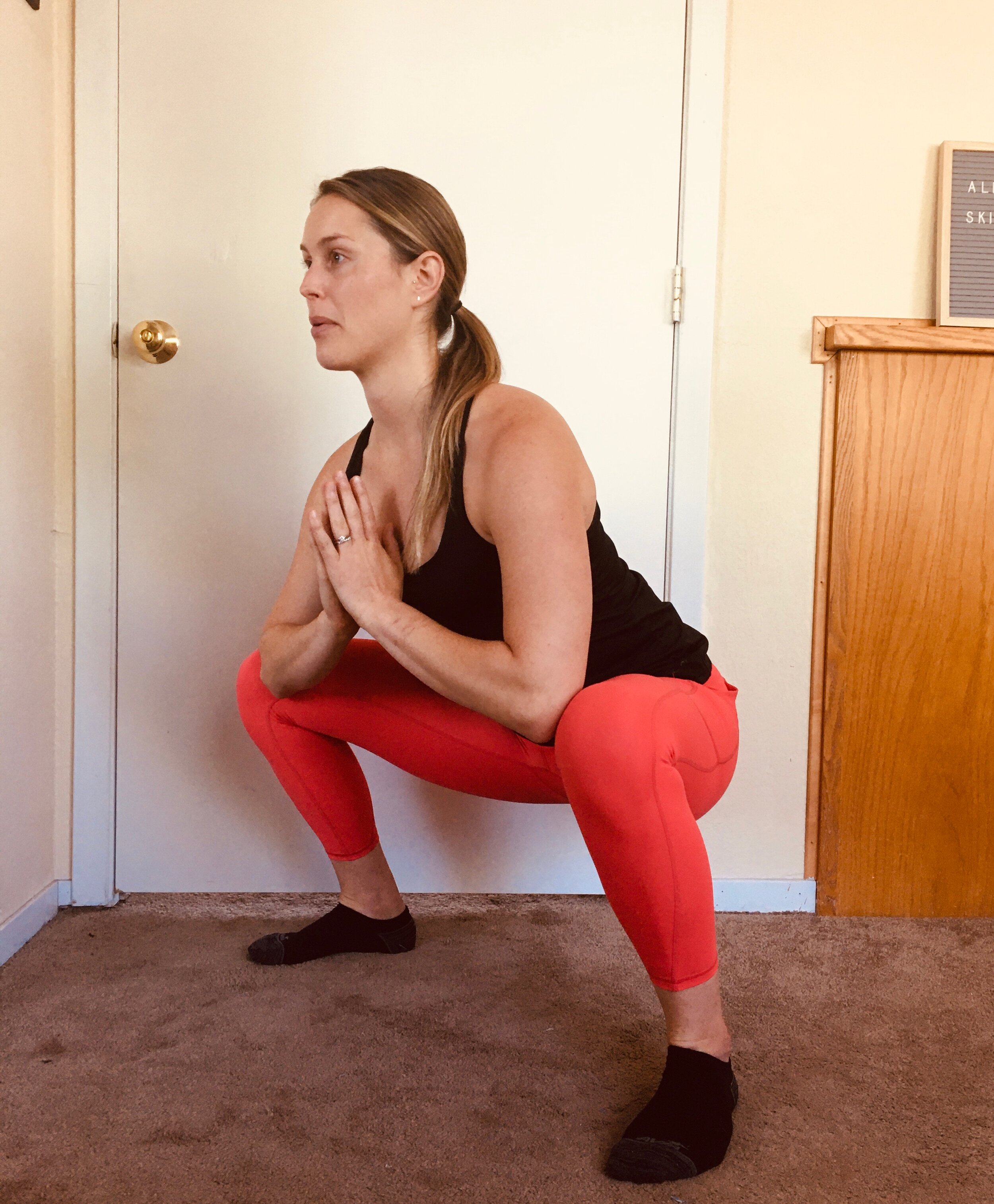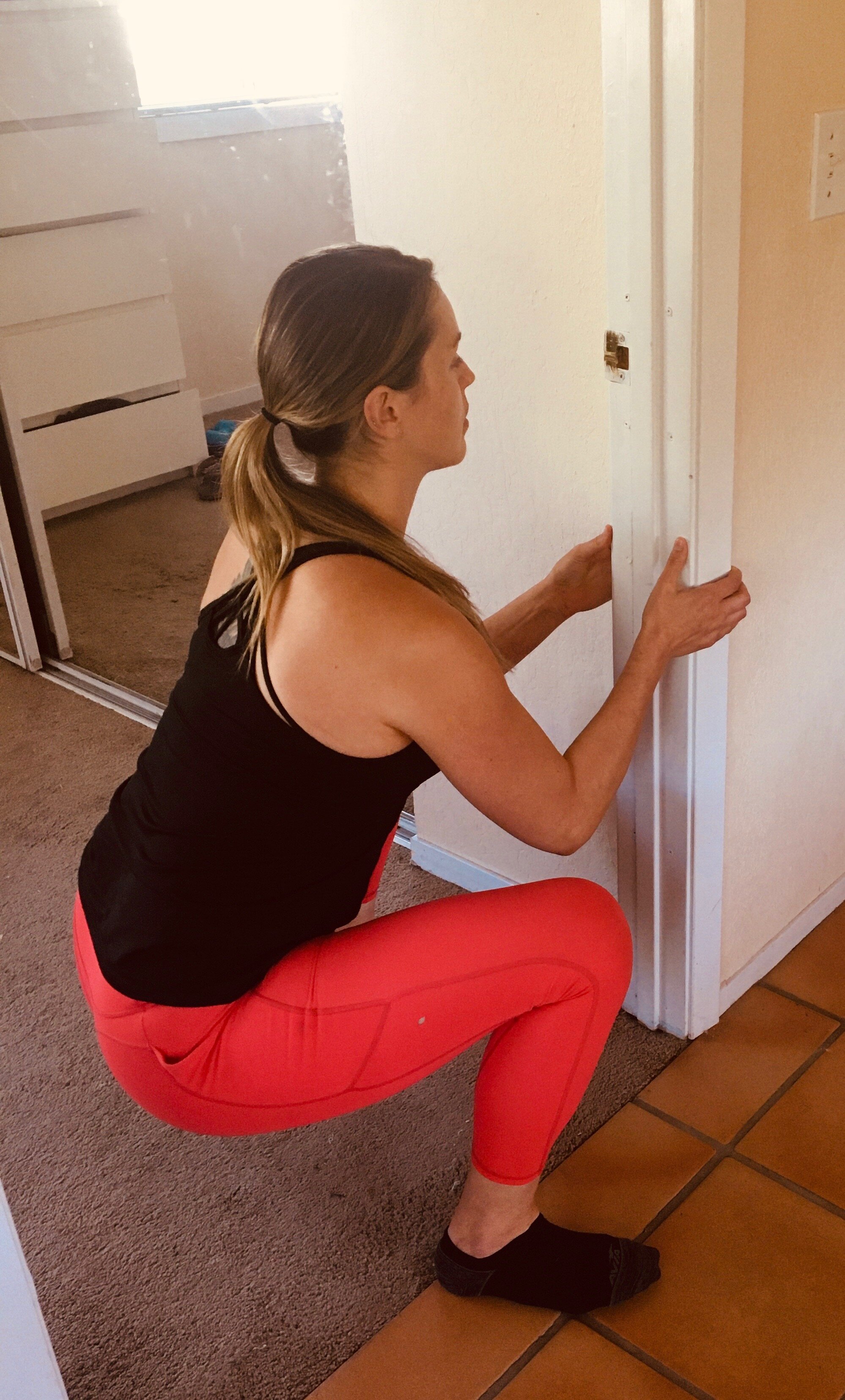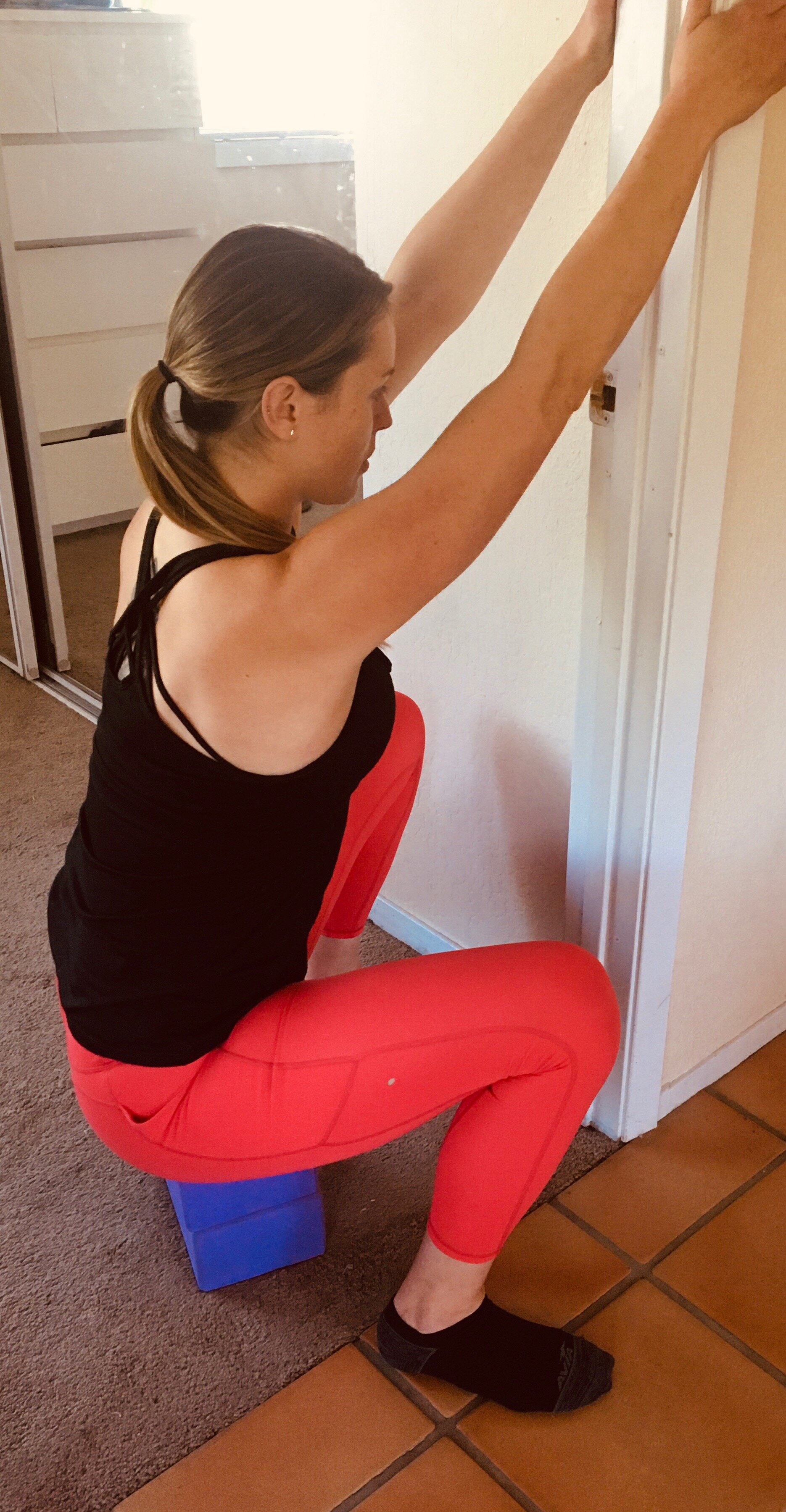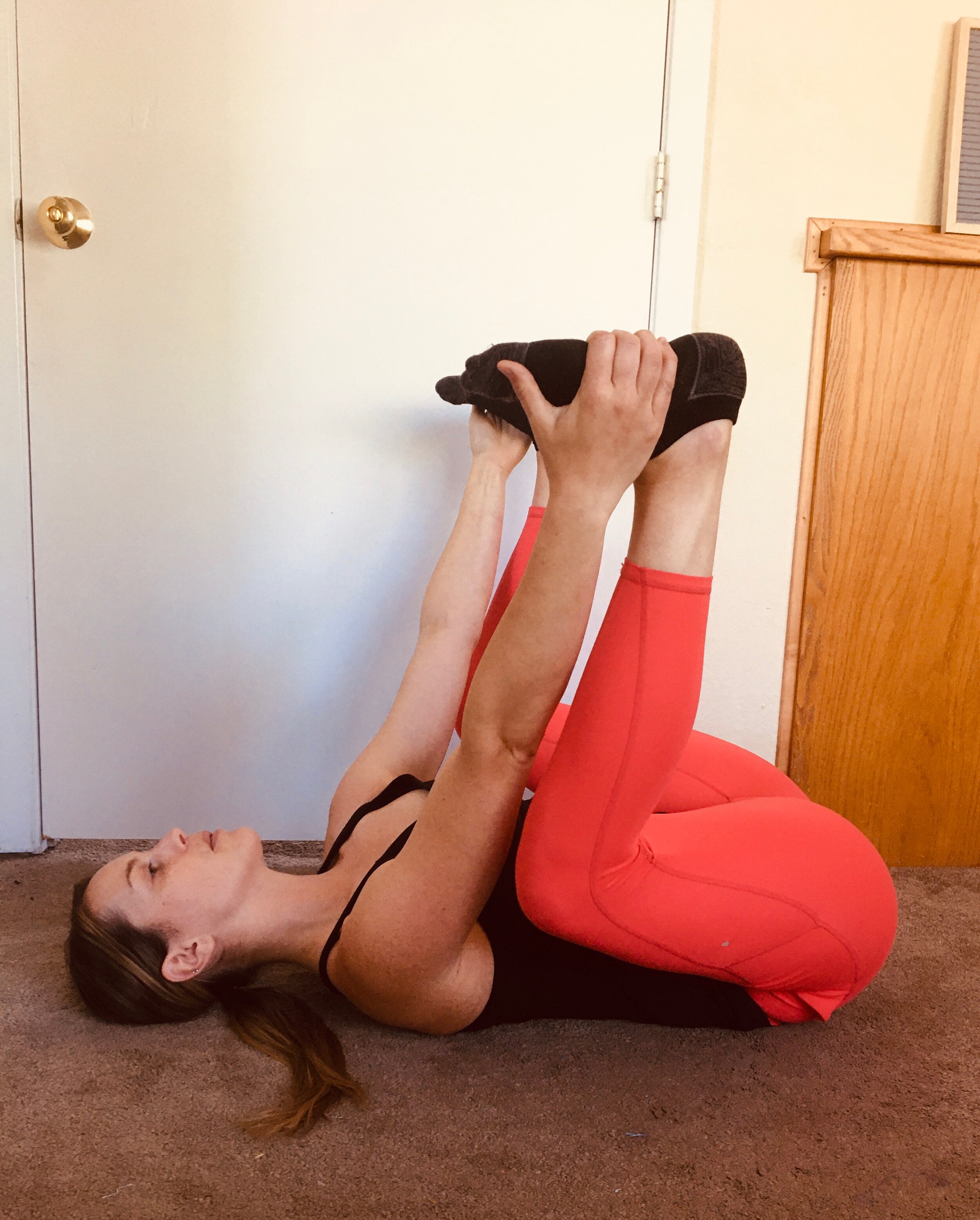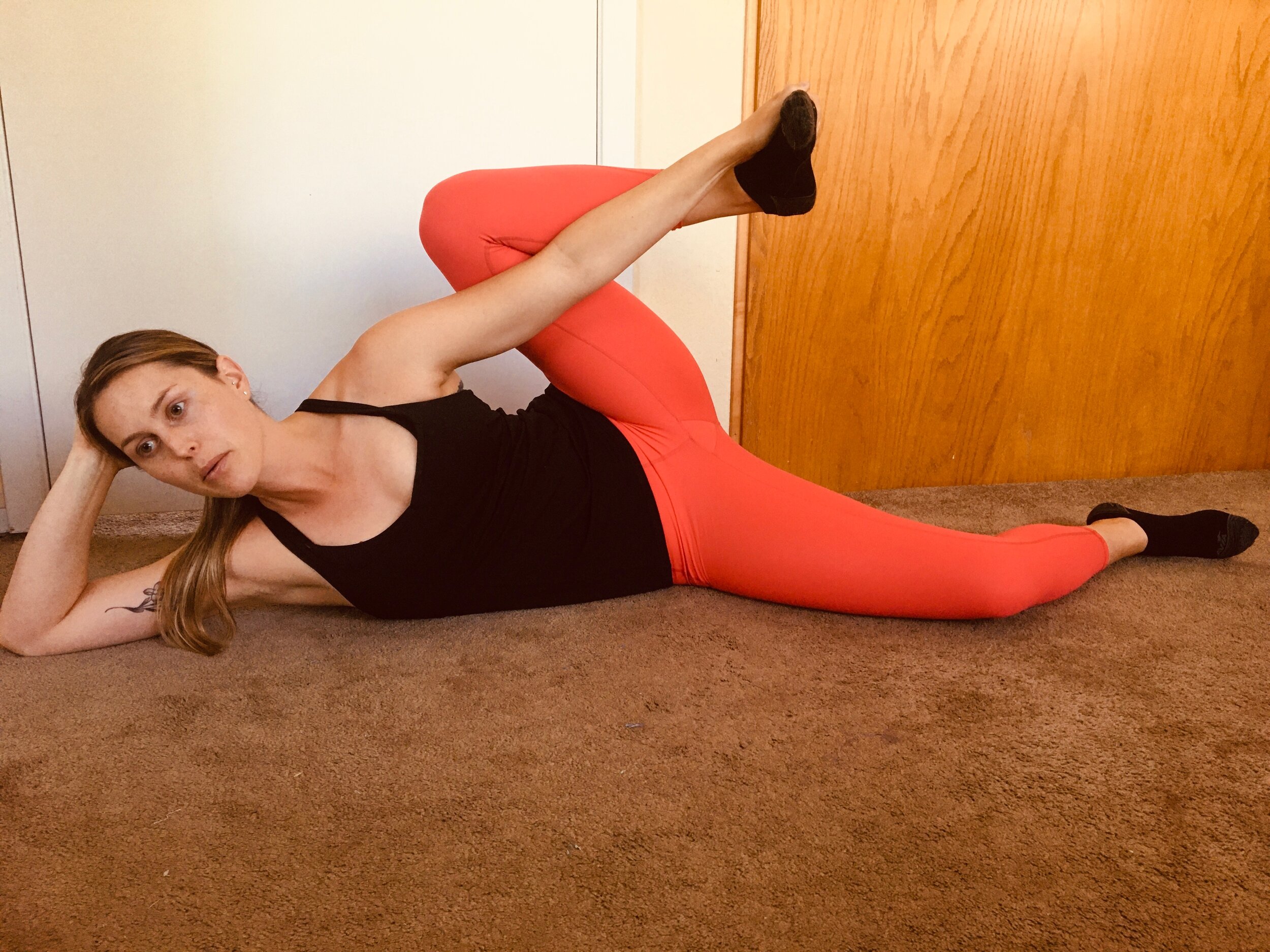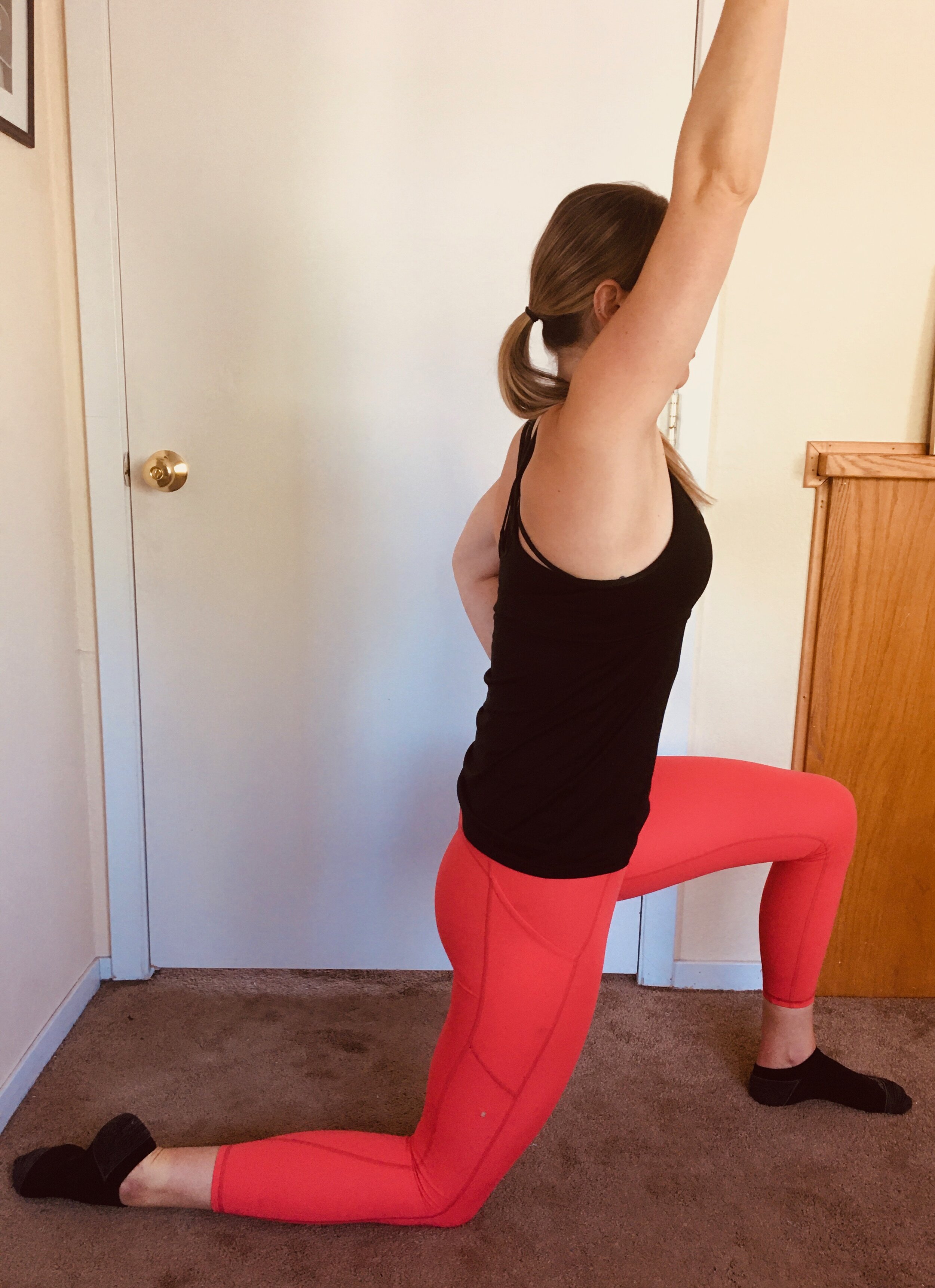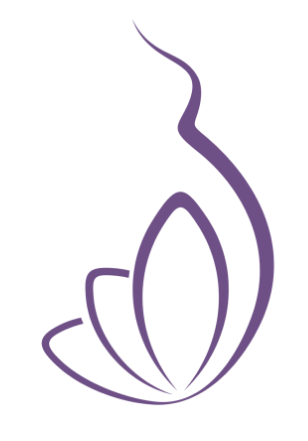Are you approaching the end of your third trimester and officially ready to have your baby any day now?! You may be feeling all the feels right now but the good news is that there is so much you can do to prepare your mind and body to feel as in control as possible when it comes time to welcome your baby into the world!
TLM knows you have been working hard on gaining strength and connection to your pelvic floor throughout your entire pregnancy and now it is nearing the time to put your breathing techniques and movement prep to work.
Let’s talk the push breath!
During delivery, utilizing breathing techniques can help you relax and focus. It can also help you center yourself and make sure you don’t breath in a way that can make labor and delivery more difficult.
The push breath allows you to disconnect your pelvic floor from your core to help the pelvic floor muscles fully relax during labor and delivery. Yes, this is the opposite of what we have taught you throughout your pregnancy with the diaphragmatic breath. Coming into labor, the diaphragmatic breath has already strengthened your core and pelvic floor to be able to adapt and carry the weight of your baby and now is it time to use that awareness, connection and strength you’ve obtained to push your baby out!
While in a seated position aligned with your ribs over your hips, place one hand on your rib cage and the other on your lower stomach. Start your breath as you would your normal diaphragmatic breath. Inhale past your chest, into 360 degrees of your diaphragm, let your lower stomach soften and finally your pelvic floor relaxes. This is where the push breath comes in…continue the relaxation and softening of your pelvic floor through your exhalation while you engage your TVA muscles (corset muscles) to help lead your baby down the birth canal. In simpler terms, as you engage your deep core muscles on your exhale, relax and lengthen your pelvic floor muscles in turn opening your vaginal walls.
*We start to teach the push breath around your 36-week mark and can implement connecting to this breath while in a wall sit or even during a bowel movement.
Visualization of push breath:
Imagine your core 4 (diaphragm, TVA, multifidus and pelvic floor muscles) as a tube of toothpaste facing down toward the opening of your vagina. Upon your inhale start to use your breath and energy to push the toothpaste from the top of your diaphragmatic breath all the way down to where the tube cap is open for the paste to flow out. On exhalation continue to mindfully push the toothpaste down towards the cap opening until all of the paste flows out completely and equally!
The ability to control your mindset and breath during labor will be key to help move you through the many peaks and valleys of intensity.
Now let’s talk movement prep!
Here are some exercises that will help open up your hips and pelvis to help physically prep for labor when you are nearing full term.
Deep squat variations:
-
helps open up the pelvis
-
relaxes and lengthen the pelvic floor muscles
-
stretches perineum
-
start w/ 30 seconds and slowly move up to 2 mins if it feel comfortable
Deep squats alternatives:
– increases pelvic floor and hip mobility without any worries of feeling pressure in a weight bearing exercise
– great positions for anyone with pelvic heaviness while squatting or prolapse concerns
-hold stretches for 45-60 sec
Labor and child birth is one of the most demanding experiences you may ever go through, both physically and emotionally. We hope these movement patterns and breathing technique help you gain the mental and physical empowerment you can tap into during the beautiful delivery of your baby.
You got this mama!
« reconnecting to your coreNext Post:
tailbone pain »

